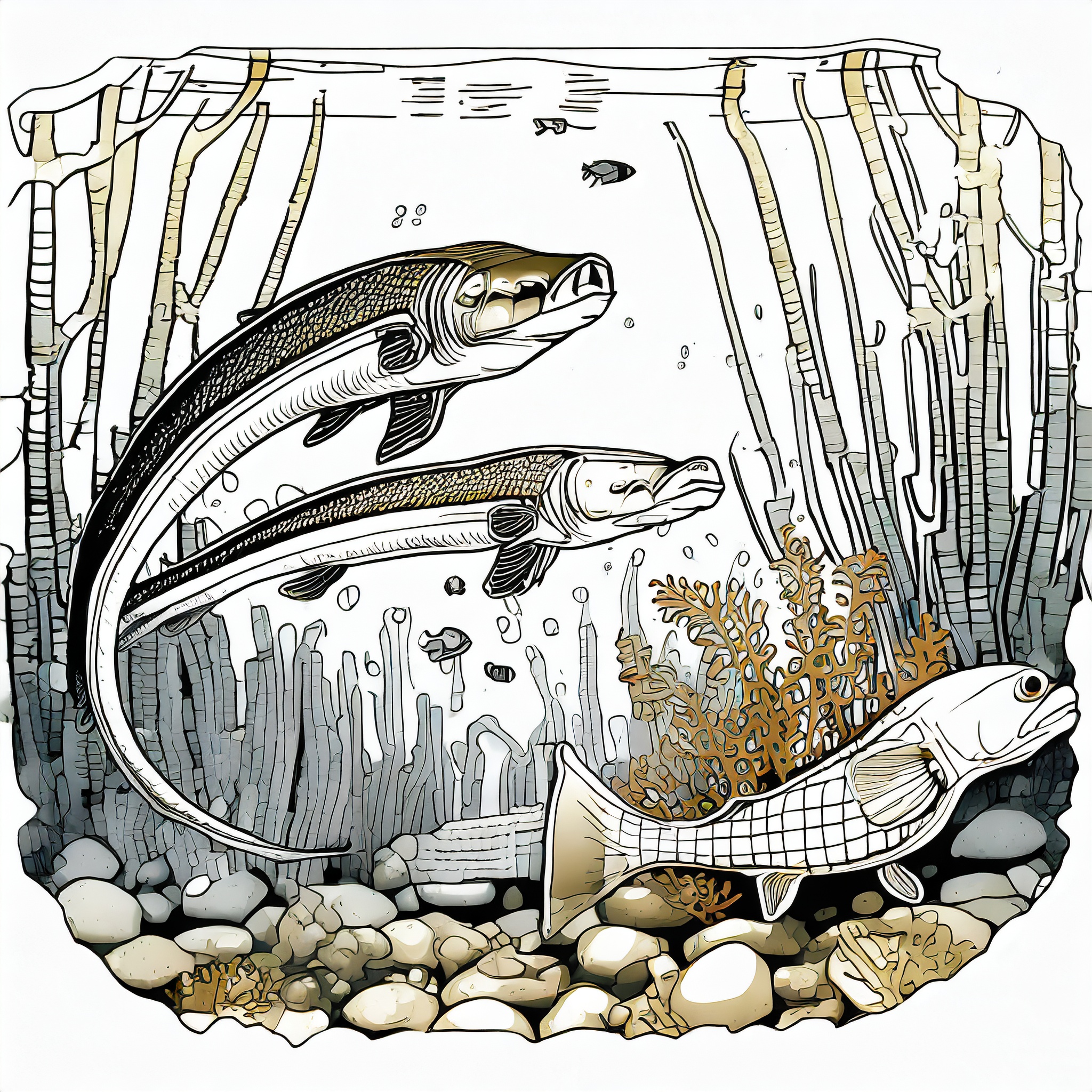09 Survival of the Fittest

Environments Drive Change
What is evolution? A lot of people think they know it, but they only know one part of it. The survival of the fittest part. But is that really true? Well, yes but… there is nuance.
Evolution is a logic process. It is the second order effect, of individual events. It’s the same thing as statistical probability. It is counterintuitively predictable for large populations but cannot be applied to an individual.
So, where does the survival of the fittest apply and where does it not?
The Coelacanth 420 million years ago and Panderichthys that evolved from it 5 million years later can show us this.
The Coelacanth is an amazing fish. A mutation led to it having eight fins over its body. In the three dimensional space that is the ocean, these fins mean it can move in any direction, effortlessly. When you are a drift hunter, you are going to out compete those fish that can only thrust forward and turn with their whole body.
Within an environment, if you have a beneficial mutation, a change that makes you best fit for that environment, you will survive better and over time that trait will travel across your population. Populations that don’t have this with it will dwindle.
So you have the animal and the environment. Survival of the fittest regards change to the animal, but you can also have a change to the environment. Remember also that at the beginning of the Earth, there were no land animals.
So you’re a drift hunter, and you see a recently deceased fish, and the waves push it up a beach. You can go get it. However, as the top of you pokes out of the water, your upper fins become useless. Any fins that push against the top of the water will find part of the pressure shooting out into the less dense air, meaning they will work, but be less efficient. Additionally, any fins on the bottom, will be able to push against the more dense beach, because its solid, beach. So a drift hunter on the beach will favour those with lower fins.
Now the thing to remember, is all these advantages go away as soon as you go away from the beach, so any chance variation that benefits beach hunting will disadvantage deep water hunting. This is what makes them different environments. We also get a feedback loop where any subset of the population that has a mutant change that makes them better beach hunters, will survive better if they choose to hunt on the beach and likewise for deep water. As both types do better in their environment we get the beginning of species divergence. The beach fish would be a niche population but over time logic and physics will play out. These fins lower and become leg like.
The most standing stable structures must have a minimum of three legs, and being stable is energy efficient. Now if you want to move while keeping a minimum of three points of contact you actually need four legs. Combining with the genetic methods copying for duplication and mirroring, ultimately the Panderichthys evolved from the Coelacanth to become the fish precursor to the four legged amphibians that became all land animals from lizards to mammals.
Due to the change of environment, the Panderichthys did not wipe out the Coelacanth.
An important note on evolution is that things like species is a human concept as we like to bucket things so we can treat them simply. There is no evolutionary definition species, it’s not in the genetics. Historically we like to do it by physical features, such as the difference between a lion and a tiger but this is entirely human arbitrary. We’ve also tried to use genetics by defining a species as one that couldn’t mate with another one and produce offspring. A badger and a bird couldn’t have babies. The problem with this is that by this definition, a lion and a tiger are the same species as they can produce a liger. You should look up some videos. This method of categorisation is flawed as only concerns the genetics involved for reproduction and not the rest of it. And if you really think about it, this is an arbitrary human categorisation as well when you think about how much genetic code there is.
So as always, reality is a big spectrum full of nuance, which is normal, but we like to call that messy as our species, whatever that is, is limited to holding a few concepts in our head. The best thing you can do is try not to categorise.
Odds are the Panderichthys either entirely evolved out of existence or were wiped out carnivorous lizards later or something. Panderichthy as was may have gone due to the survival, although from a certain point of view it is survived by all land animals including us, but it did not wipe out the Coelacanth. So when did the Coelacanth become extinct? Well it didn’t, it’s still around, go look up the videos!